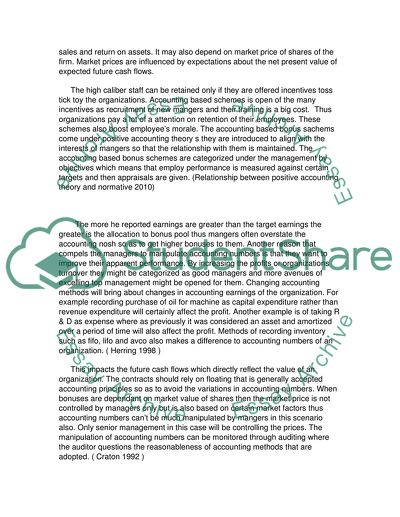Cite this document
(Positive Accounting Theory and Normative Accounting Theory Research Paper, n.d.)
Positive Accounting Theory and Normative Accounting Theory Research Paper. Retrieved from https://studentshare.org/finance-accounting/1737541-accounting
Positive Accounting Theory and Normative Accounting Theory Research Paper. Retrieved from https://studentshare.org/finance-accounting/1737541-accounting
(Positive Accounting Theory and Normative Accounting Theory Research Paper)
Positive Accounting Theory and Normative Accounting Theory Research Paper. https://studentshare.org/finance-accounting/1737541-accounting.
Positive Accounting Theory and Normative Accounting Theory Research Paper. https://studentshare.org/finance-accounting/1737541-accounting.
“Positive Accounting Theory and Normative Accounting Theory Research Paper”, n.d. https://studentshare.org/finance-accounting/1737541-accounting.


